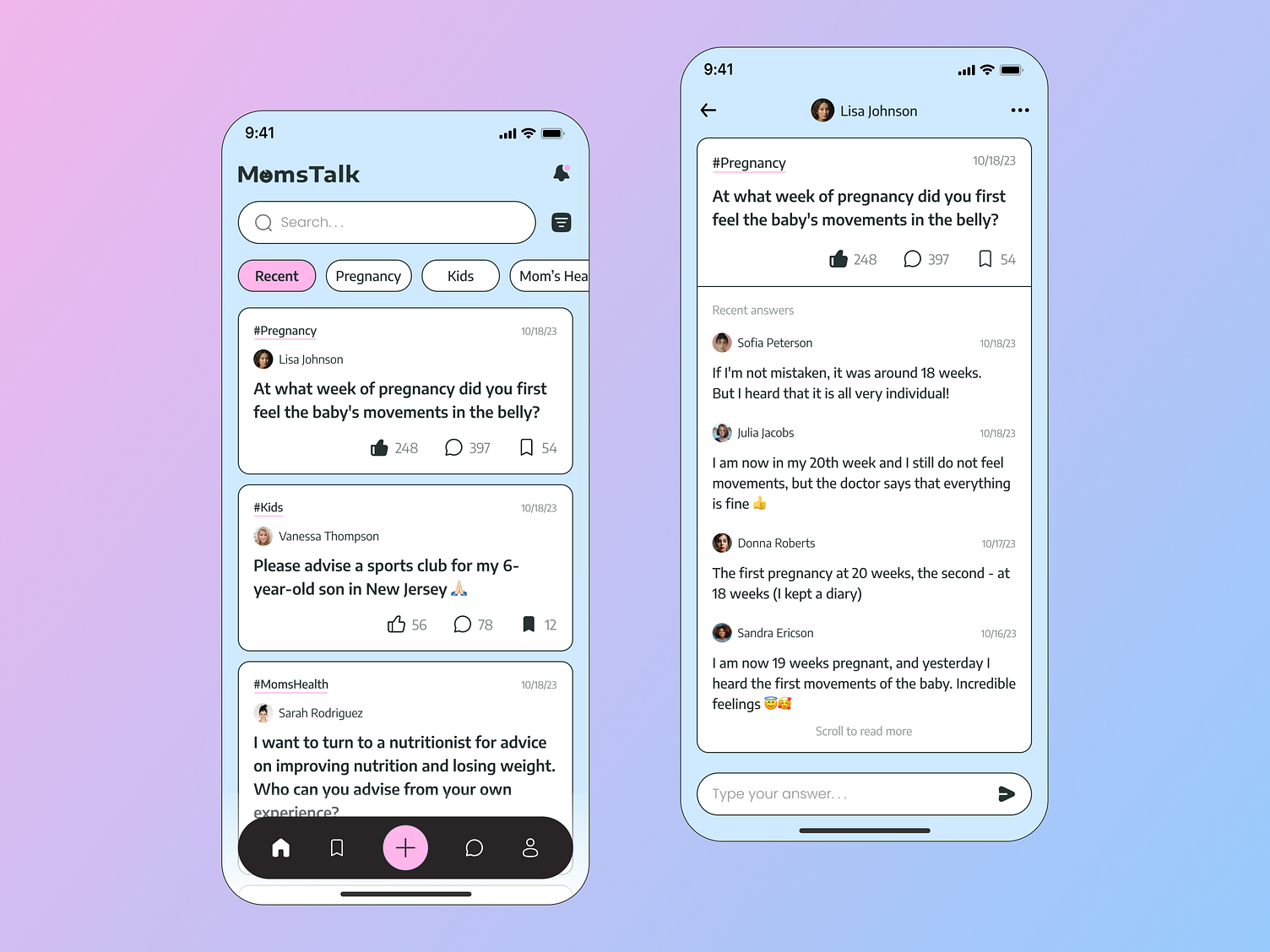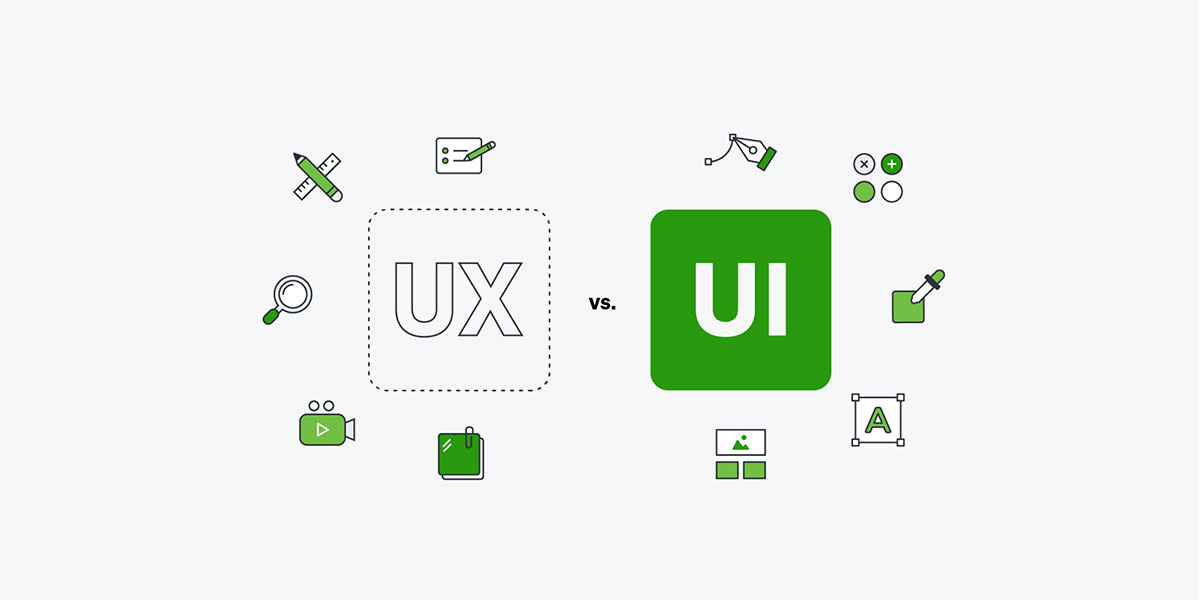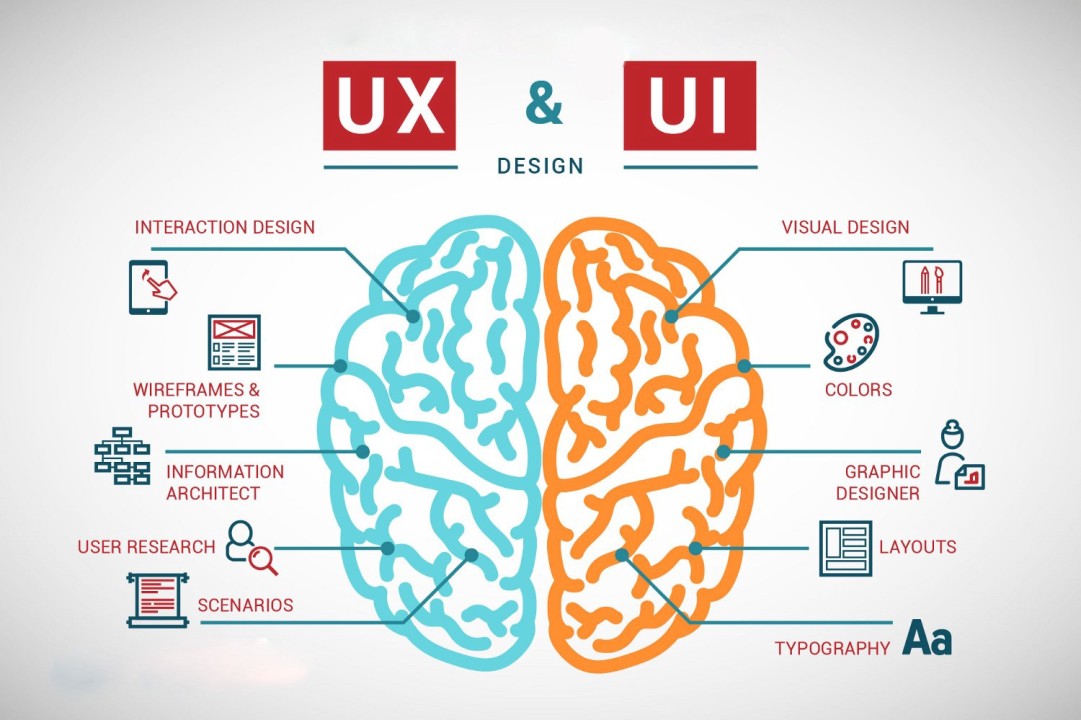You know what’s funny?
I was talking to a client last week who told me, “I don’t need all that fancy UX stuff—just make my website look good.” Three months later, he called back wondering why his beautiful new site wasn’t converting visitors into customers.
This happens more often than you’d think. Business owners get caught up in the visual side of web design (which, let’s be honest, is the fun part) and completely miss the foundation that actually makes websites work.
The truth is, if you’re running a business online, understanding the difference between UX and UI isn’t just helpful—it’s critical. And no, they’re not the same thing, even though everyone seems to use the terms interchangeably.
What UX Actually Means (And Why It’s Not What You Think)
User Experience design is probably the most misunderstood aspect of building websites. Most people think it’s about making things “user-friendly,” whatever that means. But UX goes way deeper than that.
Imagine walking into a grocery store where the milk is in aisle 12, the bread is scattered across three different sections, and you need to ask an employee where to find basic items. Frustrating, right? That’s exactly what happens when websites have poor UX.
UX designers are basically digital architects, but instead of planning buildings, they map out how people move through websites. They spend time figuring out stuff like: Where do users expect to find your contact information? How many clicks should it take to make a purchase? What happens when someone makes a mistake filling out a form?
Here’s something that surprised me when I first learned about this field—good UX design agency US professionals spend more time talking to customers than they do designing screens. They conduct interviews, analyze behavior patterns, and sometimes even watch people use websites (with permission, of course). It’s detective work, really.
The UX design agency coimbatore teams I’ve worked with always start projects the same way: they want to understand who visits your website and what those people are actually trying to accomplish. Not what you think they want, but what they really need.
This research phase can feel slow when you’re eager to see visual progress. But here’s why it matters: every assumption you make about user behavior costs money if you’re wrong. I’ve seen companies spend thousands fixing problems that could have been avoided with a few hours of upfront user research.
One UX UI design company US showed me something eye-opening once. They had recordings (anonymized, naturally) of people trying to use a client’s website. Watching real users struggle with what seemed like simple tasks was humbling. The “obvious” navigation wasn’t obvious at all. The “clear” call-to-action button was invisible to half the users.
That’s the thing about UX—it’s invisible when it works well, but glaringly obvious when it doesn’t.
UI Design: Making the Invisible Visible
If UX is about figuring out how things should work, UI design is about making them  actually look and feel like they work. User Interface design covers everything you see and interact with: buttons, colors, fonts, images, the layout of information, how things move when you click them.
actually look and feel like they work. User Interface design covers everything you see and interact with: buttons, colors, fonts, images, the layout of information, how things move when you click them.
Website UI design is where psychology meets pixels. Colors trigger emotional responses. Font choices communicate personality. Button shapes suggest whether something is clickable. Layout decisions guide where your eyes look first.
But here’s where it gets tricky—good UI isn’t just about making things pretty. I learned this lesson the hard way early in my career. A client wanted their website to “pop,” so we used bright colors, lots of animations, and eye-catching graphics everywhere. It looked amazing in screenshots. In reality? Users couldn’t figure out what to click, the animations were distracting, and the bright colors made reading actual content difficult.
Responsive web design India projects taught me another crucial lesson: what works on desktop doesn’t automatically work on mobile. It’s not just about shrinking things down—sometimes you need completely different approaches for different screen sizes.
The best professional web design company teams understand that UI design needs to serve the user experience, not fight against it. Pretty is nice, but functional is essential. Users forgive ugly websites that work well, but they abandon beautiful websites that don’t.
I remember working on a project where the UX research showed that users needed to see pricing information early in their journey. The UI designer’s first instinct was to hide pricing behind multiple clicks to avoid scaring people away with numbers. But testing showed that hiding pricing actually increased anxiety—people worried about unexpected costs and left before engaging at all.
That’s the dance between UX and UI. Research reveals what users need, design makes it happen visually.
Why You Can’t Have One Without the Other
The biggest myth in web design? That you can choose between form and function. You hear it all the time: “We’ll focus on UX first, then make it look good later” or “Let’s get the  design perfect, then figure out the user experience.”
design perfect, then figure out the user experience.”
Both approaches fail spectacularly.
I saw this play out with an e-commerce client a few years back. They’d invested heavily in UX research and had mapped out the perfect customer journey. Every click was optimized, every form field was justified, every page transition made logical sense. But when they launched, sales were disappointing.
The problem? The visual design looked like it was built in 2005. The UX was flawless, but the UI screamed “amateur hour.” Customers didn’t trust the site enough to enter their credit card information, despite the seamless checkout process.
On the flip side, I’ve consulted on websites with stunning visuals that converted terribly. Beautiful photography, trendy layouts, gorgeous typography—and user journeys that made no sense whatsoever. People would land on these sites, spend thirty seconds trying to figure out what to do next, then leave.
Web design services that understand this balance are rare. Most agencies specialize in one side or the other. The visual folks create gorgeous designs that don’t consider user behavior. The UX specialists build functional wireframes that look like they were designed by robots.
The magic happens when both disciplines work together from day one. UX research informs UI decisions. Visual design choices support user experience goals. It’s collaborative, sometimes messy, but it produces websites that both look professional and actually work.
Real Talk: What Poor UX and UI Cost Your Business
Let’s talk money, because pretty websites and smooth user experiences aren’t just nice-to-haves—they directly impact revenue.
 Poor UX bleeds customers at every step. If your navigation is confusing, people leave before exploring your products. If your checkout process is complicated, they abandon their carts. If your contact forms ask for too much information upfront, potential leads disappear.
Poor UX bleeds customers at every step. If your navigation is confusing, people leave before exploring your products. If your checkout process is complicated, they abandon their carts. If your contact forms ask for too much information upfront, potential leads disappear.
I worked with a SaaS company whose demo request form had twelve required fields. Twelve! They thought they were being thorough, gathering sales intelligence upfront. In reality, they were scaring away 80% of interested prospects. We reduced it to four fields and demo requests tripled overnight.
Bad UI design is expensive in different ways. Users form opinions about website credibility within milliseconds—literally faster than conscious thought. If your site looks unprofessional, outdated, or just “off” somehow, potential customers assume your business is too.
Website redesign services often reveal that companies have been losing money for months without realizing it. Small UX friction points compound over time. UI elements that feel slightly wrong add up to major trust issues.
Here’s a concrete example: if your current website converts 2% of visitors into leads, and UX/UI improvements boost that to 3%, you’ve increased lead generation by 50% without spending a penny on advertising. For most businesses, that’s worth thousands of dollars monthly.
The Mistakes Almost Everyone Makes
After years of working on web projects, I’ve seen the same problems over and over. Here are the big ones:
Designing for internal stakeholders instead of actual users. Company founders understand their business deeply, so they want complex navigation that showcases every service. But customers just want to find solutions to specific problems quickly.
Assuming people behave like you do online. Just because you read every word on a webpage doesn’t mean your customers do. Most people scan, not read. They make quick decisions based on limited information.
Copying what competitors do without understanding why. That trendy design element might look cool on another site, but does it actually help your specific users accomplish their goals?
Treating mobile as an afterthought. When responsive web design India specialists audit existing sites, they consistently find that mobile experiences feel cramped, difficult to navigate, or just plain broken. But most web traffic is mobile now.
Skipping user testing because it feels expensive or time-consuming. You can’t predict how people will behave on your website. The only way to know is to watch them try to use it.
I learned this lesson personally when I assumed users would intuitively understand an icon we’d designed. It seemed obvious to everyone on our team. During testing, not a single user clicked it—they had no idea what it meant.
Finding Design Partners Who Get It
Not every web design India company understands the UX/UI relationship. Some are essentially graphic designers who happen to work on websites. Others are technically skilled but create interfaces that feel sterile and corporate.
 The best design teams ask uncomfortable questions about your assumptions. They want to interview your actual customers before making design decisions. They create wireframes and test them with real users before jumping into visual design. They consider mobile experience from day one, not as something to figure out later.
The best design teams ask uncomfortable questions about your assumptions. They want to interview your actual customers before making design decisions. They create wireframes and test them with real users before jumping into visual design. They consider mobile experience from day one, not as something to figure out later.
When evaluating potential partners, pay attention to their process, not just their portfolio. Do they start with user research? Do they test designs with real people? Do they show you wireframes before pretty mockups? Can they explain why they made specific design decisions?
A UX UI design company coimbatore or anywhere else should be able to walk you through their thinking, not just show you beautiful screenshots. Good design teams become strategic partners who understand that website success gets measured in business results, not design awards.
Making This Actually Work for Your Business
You don’t need to become a design expert, but understanding these principles helps you make better decisions about website investments.
 Start with honest assessment. When did you last watch someone actually use your website? Not a guided tour where you explain how everything works, but sitting quietly while they try to accomplish something independently. It’s humbling but educational.
Start with honest assessment. When did you last watch someone actually use your website? Not a guided tour where you explain how everything works, but sitting quietly while they try to accomplish something independently. It’s humbling but educational.
Check your analytics for red flags. Pages with high bounce rates often indicate UX problems. Mobile traffic that doesn’t convert suggests responsive design issues. Long time-on-page for simple tasks might mean the interface is confusing.
Consider your customer journey realistically. What do first-time visitors need to see to trust your business? How can returning customers quickly access what they’re looking for? Where do people get stuck in your sales process?
The investment in proper UX and UI design typically pays for itself within months. Better user experiences increase conversion rates. Professional visual design builds credibility that translates into sales. Websites that work well on all devices capture opportunities that broken mobile experiences miss.
Your website represents your business 24/7. It’s often the first impression potential customers get of your company. Making sure it works well and looks professional isn’t about vanity—it’s about staying competitive in markets where customer expectations keep rising.
The companies thriving online understand that UX and UI design aren’t expenses—they’re investments in customer experience that directly impact business growth. Getting both right isn’t just helpful anymore. It’s essential.



